Pesto pasta is a symphony of flavors that dances on your palate, with the vibrant green of fresh basil and the aromatic allure of garlic swirling together in a harmonious embrace with earthy pine nuts and a touch of parmesan. It’s a dish that epitomizes simplicity, yet explodes with a complexity of tastes, making it a beloved classic in Italian cuisine and beyond. In just ten minutes, you can transform humble pantry staples into a feast that sings the praises of nature’s bounty.
Origin and Cultural Significance
Pesto, originating from the Ligurian region of Italy, is a testament to the genius of Italian culinary tradition, where minimalism meets mastery. The word “pesto” comes from the Genoese term “pestâ,” meaning to pound or crush, traditionally prepared using a mortar and pestle. This method not only blends the ingredients but releases their essential oils, creating a sauce that’s as aromatic as it is flavorful. Over time, it has evolved from its humble beginnings to become a staple across the globe, symbolizing the quintessential Italian philosophy of celebrating fresh, high-quality ingredients.
Unique Ingredients and Flavors
The beauty of a good pesto lies in its adaptability and the freshness of its ingredients. The star of the show is basil, whose sweet and peppery notes provide a verdant backbone to the sauce. Pine nuts, while adding a creamy texture, also impart a subtle nuttiness that complements the sharp, salty notes of parmesan cheese. A splash of good olive oil binds these elements together, while garlic adds a pungent kick, elevating the dish from simple to simply irresistible. The true magic, however, lies in using fresh, quality ingredients—each component plays a crucial role, and their synergy is what makes pesto pasta so enchanting.
Cooking Techniques
While the traditional mortar and pestle approach is a revered ritual, modern convenience allows us the luxury of a food processor to whip up this luscious sauce in a fraction of the time. The key is not to over-process; you want a slightly coarse texture that clings lovingly to each strand of pasta. Tossing the pasta with pesto off the heat ensures the vibrant green hue remains intact, and the flavors remain fresh and bright. In just ten minutes, you have a dish that’s not only quick but also a celebration of culinary artistry.
10-Minute Veggie Pesto Pasta
Description
A speedy and delicious dish combining fresh veggies and aromatic pesto, perfect for when you're short on time but crave something satisfying and healthy.
Ingredients
Pasta Ingredients
Pesto Sauce
Vegetable Add-ins
Instructions
Prepare the Ingredients
-
Gather and Prep the Veggies
Chop your favorite vegetables such as bell peppers, zucchini, and cherry tomatoes into bite-sized pieces. Aim for a colorful mix to enhance the dish's visual appeal.Using a variety of colors not only adds visual flair but also ensures a range of nutrients. -
Boil the Pasta
Bring a pot of salted water to a boil and cook your choice of pasta according to package instructions until al dente. Reserve some pasta water for later.Reserving pasta water is crucial as it helps in binding and creating a creamy sauce with the pesto.
Create the Pesto Sauce
-
Blend the Pesto
In a food processor, combine fresh basil leaves, garlic, parmesan cheese, pine nuts, and olive oil. Blend until smooth, adjusting seasoning with salt and pepper to taste.For a nut-free version, substitute pine nuts with sunflower seeds or skip them entirely.
Assemble the Dish
-
Sauté the Vegetables
In a large pan, heat a splash of olive oil over medium heat. Add the chopped vegetables and sauté for 3-4 minutes until tender yet crisp.Don't overcook the veggies; you want them to retain some bite for texture. -
Combine and Serve
Add the cooked pasta to the pan with the vegetables. Stir in the pesto sauce, using reserved pasta water to loosen if needed. Toss until everything is well coated.Adjust the pesto and pasta water ratio to reach your desired sauce consistency—creamy and lush or light and fresh.
Note
For a creamier sauce, reserve a bit of pasta cooking water to mix with the pesto before tossing. Use any veggies you have on hand—zucchini, cherry tomatoes, and bell peppers work beautifully. Lightly sauté veggies for added flavor or keep them raw for crunch. Experiment with different nuts in the pesto; walnuts or almonds add a unique twist. Store leftovers in an airtight container; add a splash of olive oil before reheating to revive the sauce's silky texture. Pairs well with a crisp white wine or a refreshing iced tea for a delightful meal.

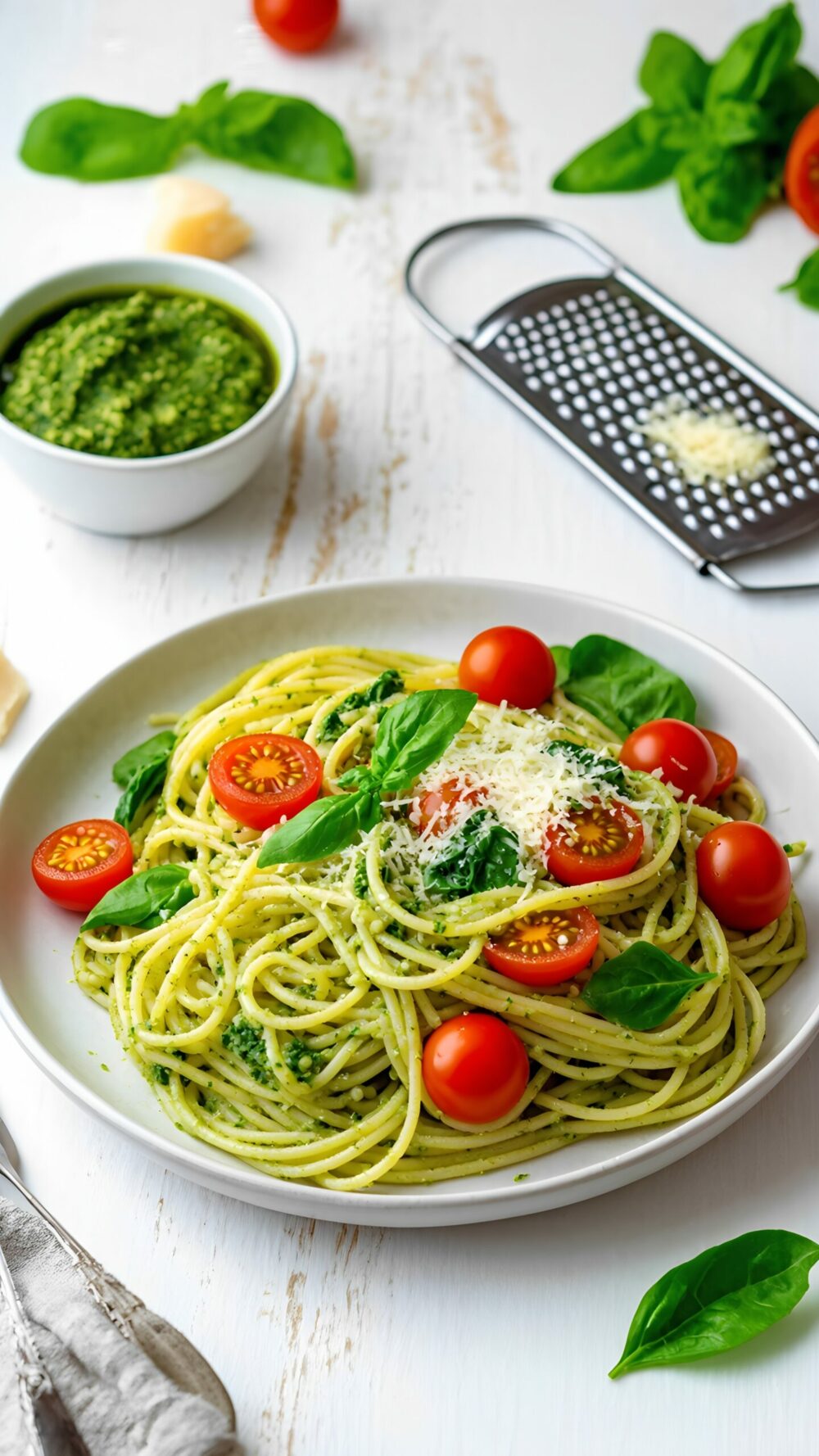


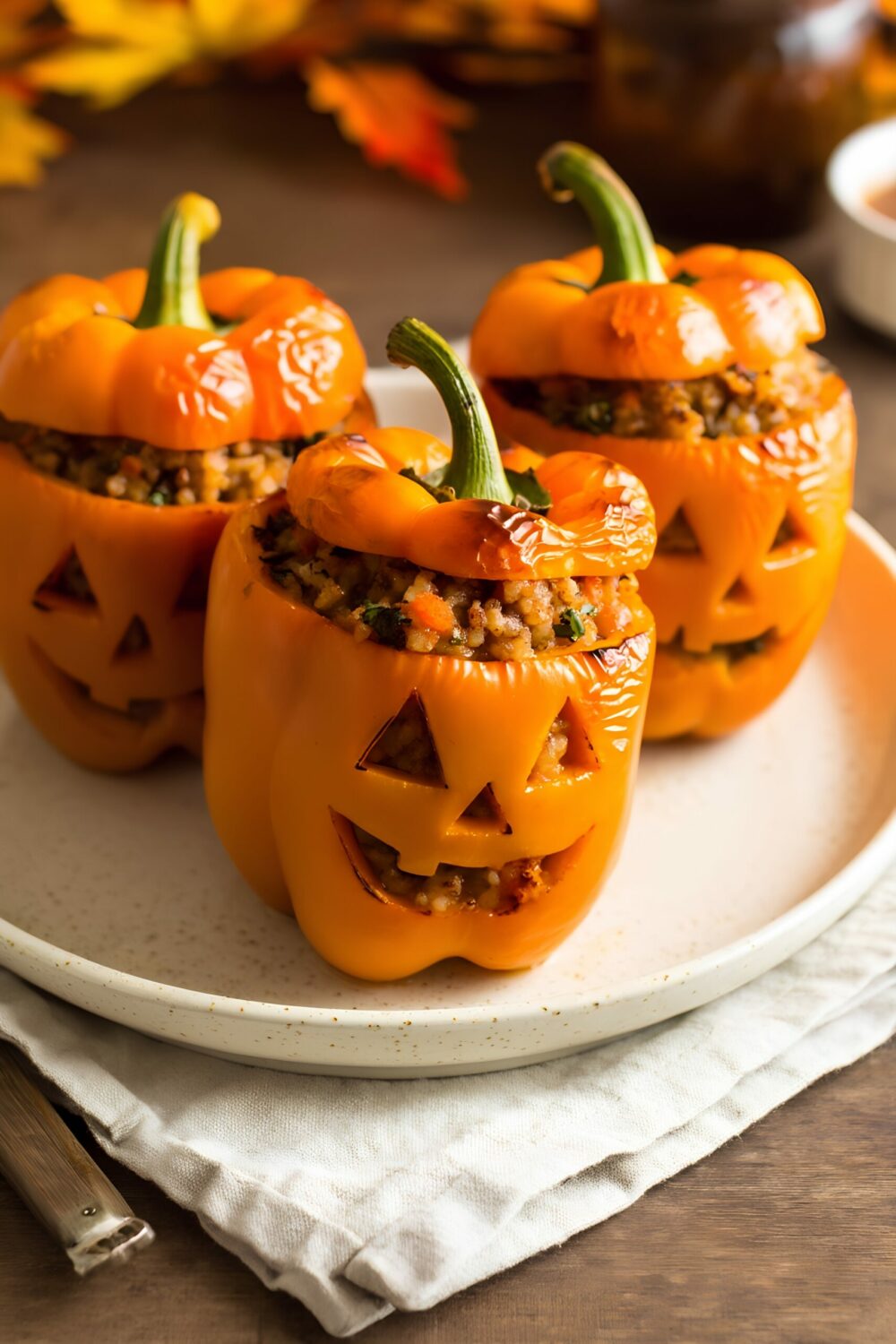

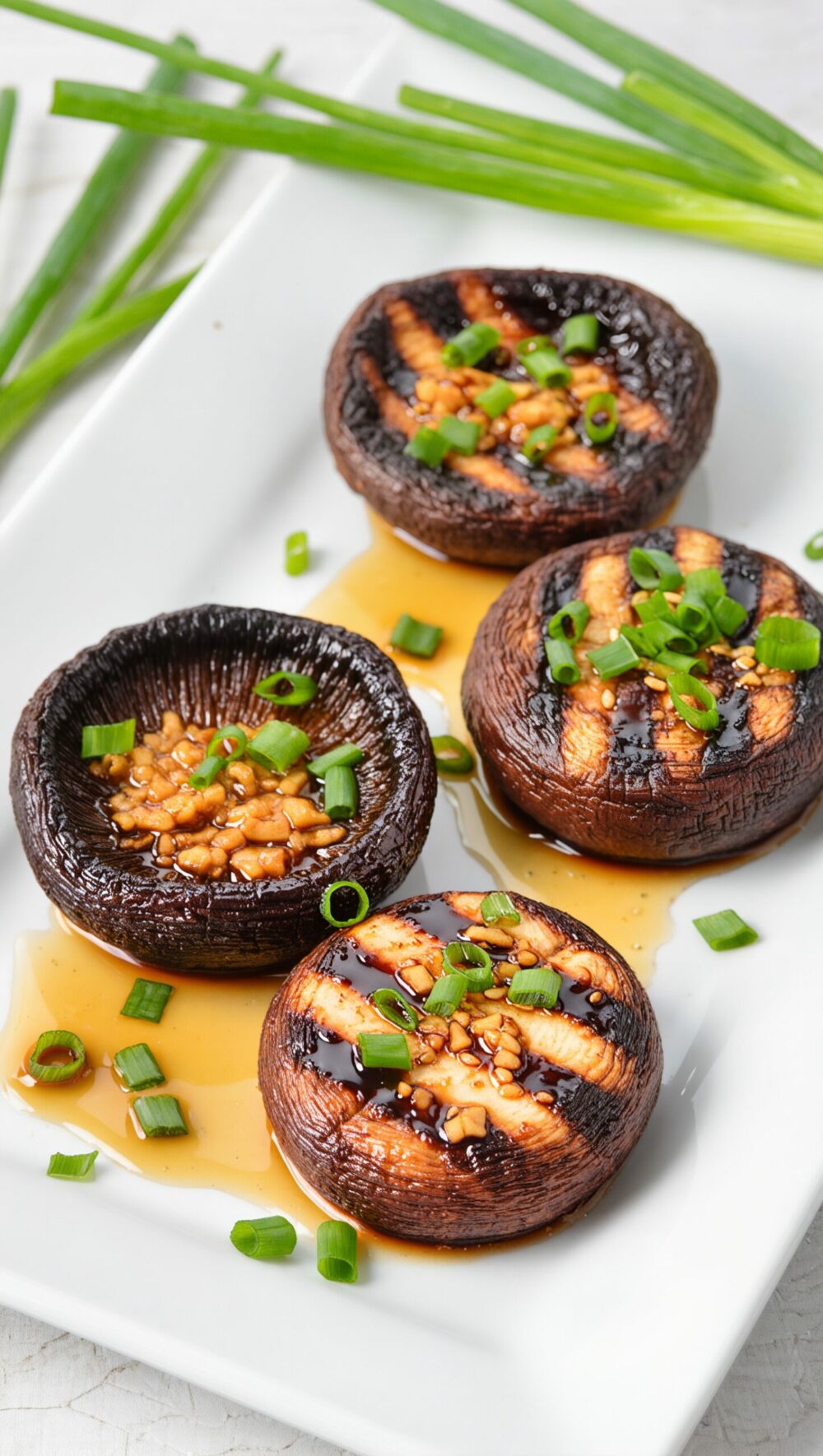
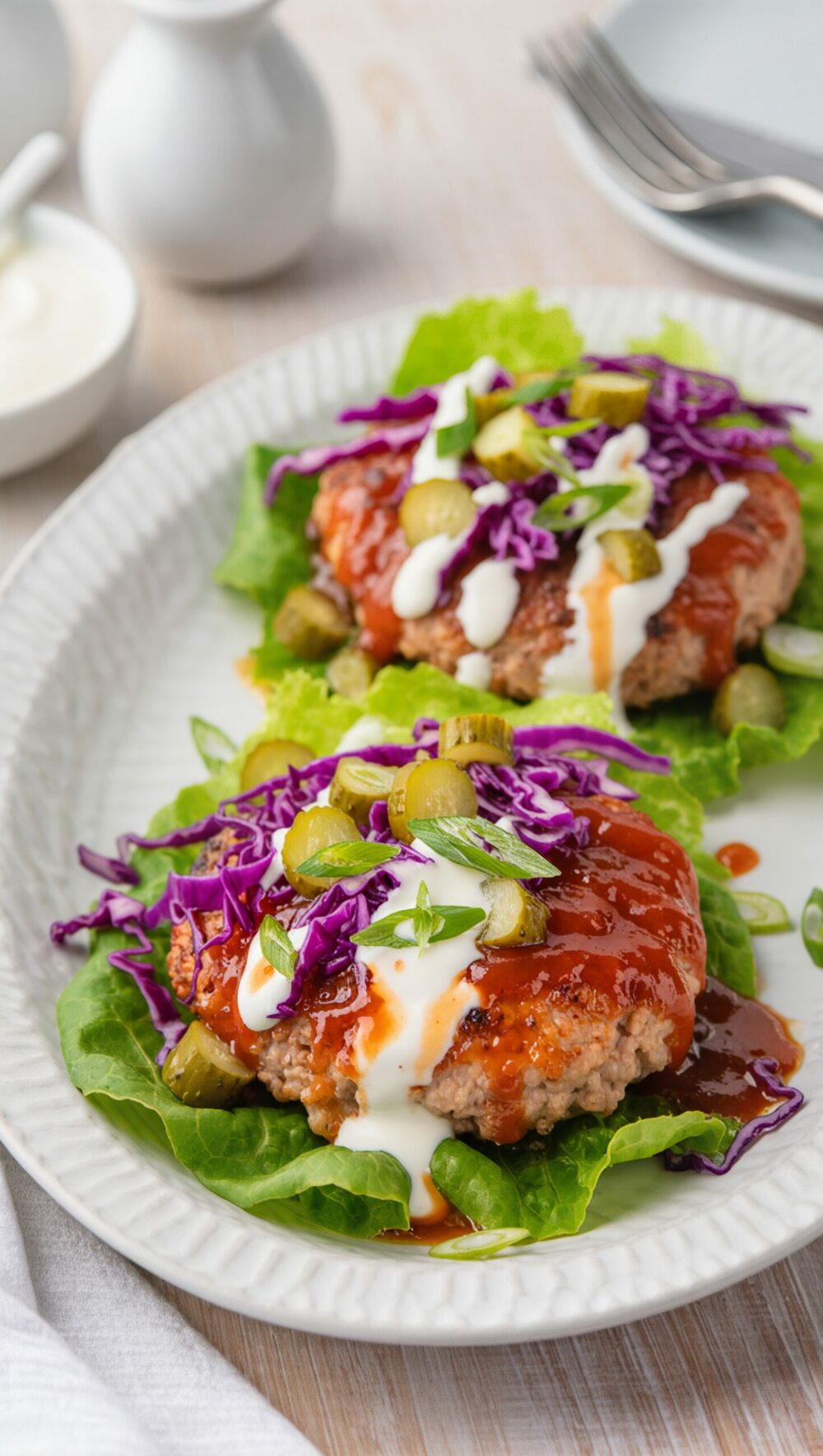
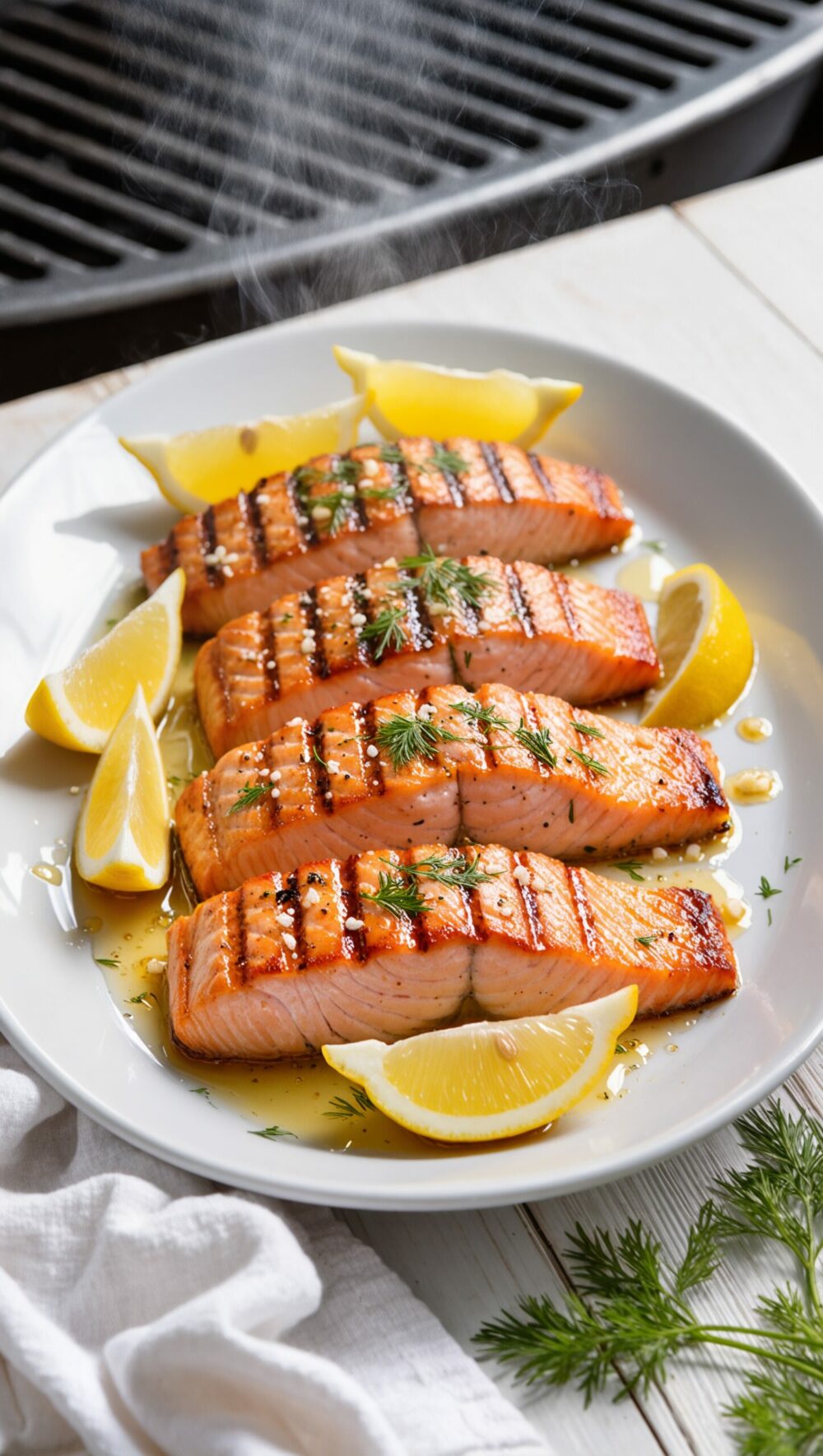

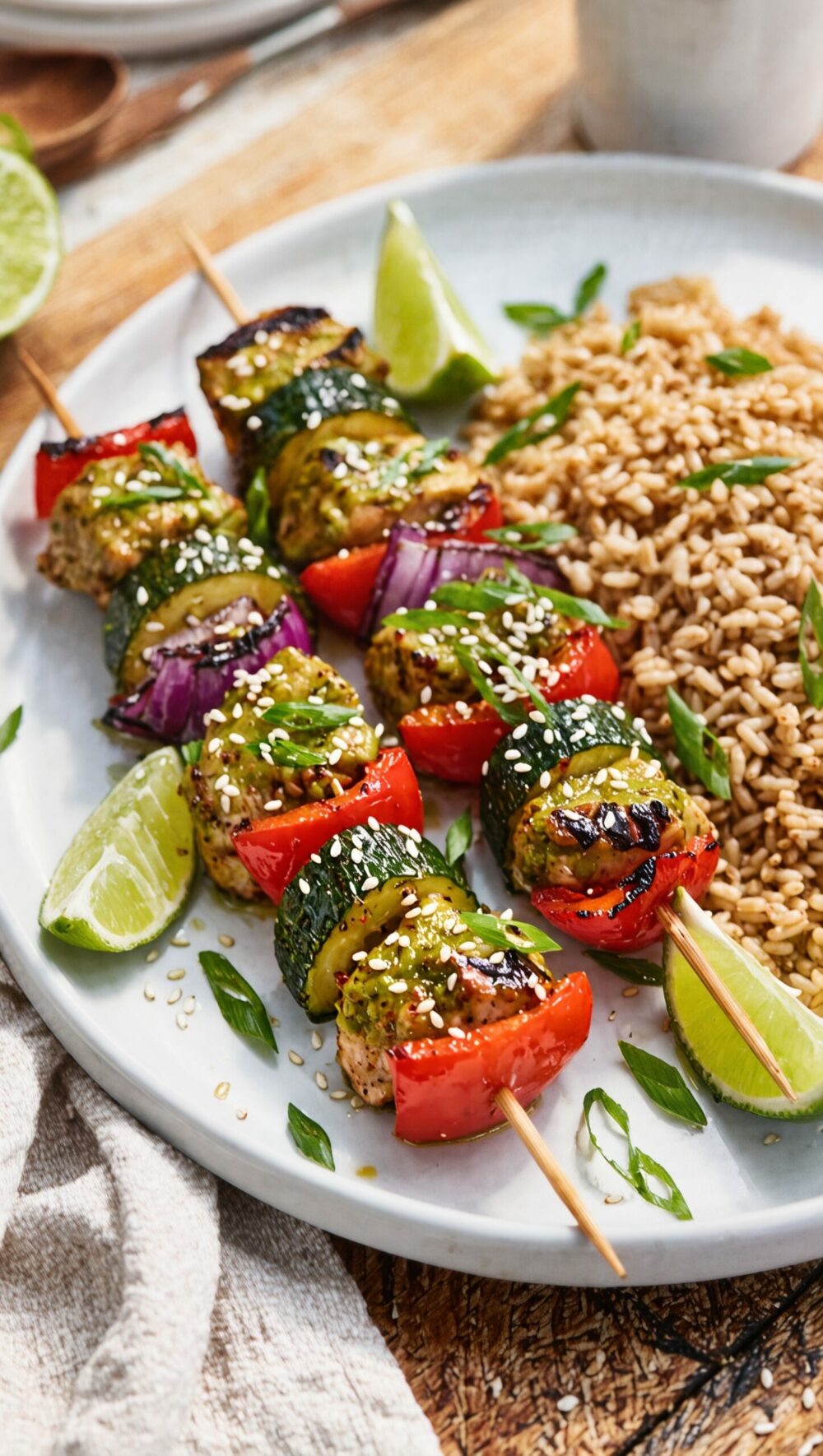

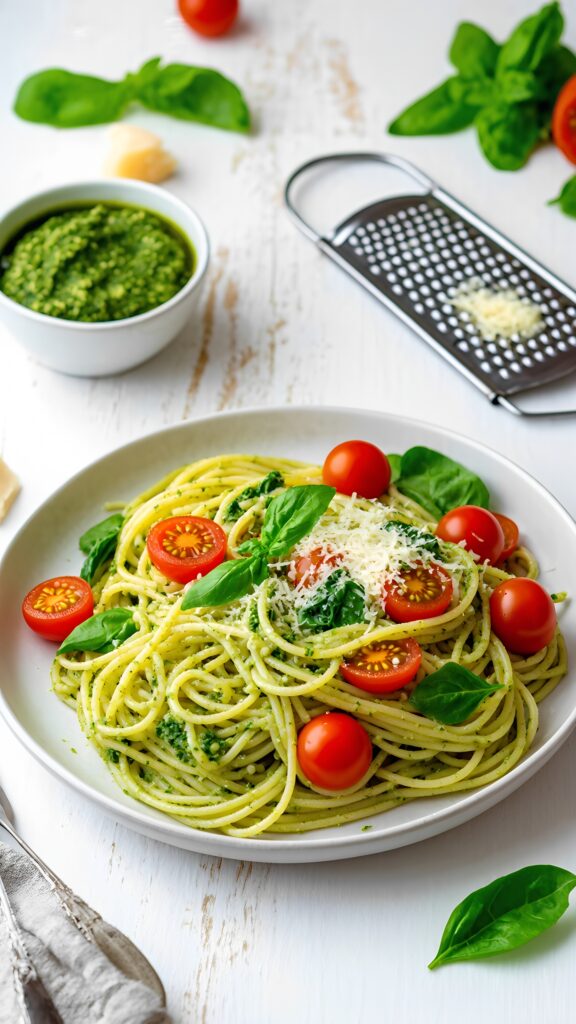
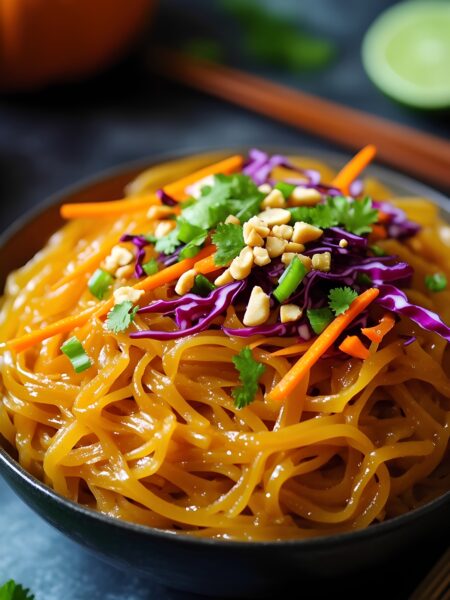

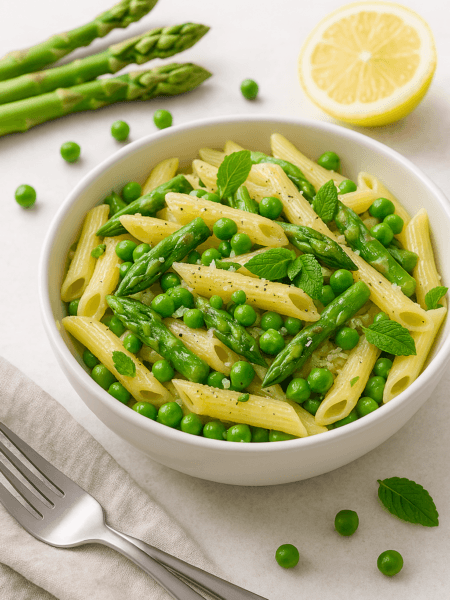
User Reviews